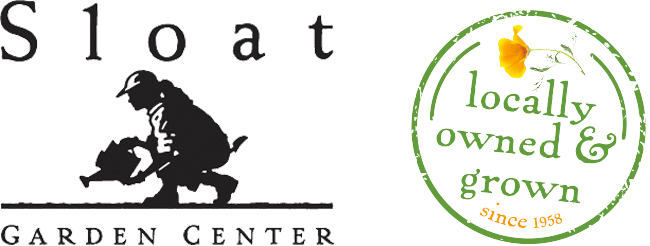Fall Edible Gardening

Vegetable gardening is not just a spring pursuit, friends. Early fall is an ideal time to plant cool season vegetables, greens, and root crops. Not only does cool weather enhance their growth rate, but light frost will also improve their flavor. Another benefit to fall planting is that many common pests like caterpillars and leaf miner are not as plentiful. Cooler temperatures also give leafy greens and roots a more vibrant color.
Our Favorite cool-season vegetables
- Greens: arugula, chard, endive, escarole, lettuce, Mache, spinach.
- Root crops: beets, carrots, radishes, rutabagas, turnips
- Brassicas: Brussels sprouts, broccoli, bok choy, cabbage, cauliflower, kohlrabi
- Leafy Brassicas: collards, kale, mustard greens. Note: Agricultural Lime is especially important to feed growing Brassicas.
- Other fall favorites: celery, fava beans, leeks, peas, spring onions. Herbs: parsley, rosemary, sage, thyme.
Soil preparation is the same as in spring. Soil nutrients need to be replenished and the soil tilth needs to be restored. We recommend Sloat Loam Builder mixed 50/50 with native soil or one bag for every 25 square feet. Be sure to work the soil to at least a 1-foot depth if you’re considering root crops. Lime is especially important for cole crops, so apply Agricultural Lime according to the directions. Incorporate E.B. Stone Organics Sure Start or E.B. Stone Organics Vegetable food when planting all vegetables. If you plant in containers or raised beds, use Sloat Organic Potting Soil and E.B. Stone Organics Sure Start. During growth, feed every 4 weeks with E.B. Stone Organics Vegetable food or Maxsea 16-16-16. It doesn’t hurt to give them a feeding of fish emulsion now and then. Water regularly and do not let the soil become overly dry.
Many cool weather vegetables are available as transplants in our stores, but root crops will need to be planted from seed. Want to harvest bulb onions next summer? We recommend planting onions by seed in the fall (as opposed to sets). Onion “sets” (small bulbs) planted in fall will only produce scallions because they will bolt when temperatures rise in the spring.
Vegetable seeds should be planted a little deeper in the fall than in the spring. The reason for this is that it is drier at the soil surface in the fall and the resulting, deeper seedlings are kept cooler. Thinning is necessary if you want good sized roots and greens heads. Be sure to keep young plants moist. Water maturing plants regularly to keep them growing. Bitterness develops in greens that are not watered enough.
Sometimes birds can become pests in the fall vegetable garden, mostly in the early morning hours. Golden crown sparrows are notorious for eating young seedlings, especially peas. You may want to protect young plants with a lightweight row cover.
Further enhance the appearance of your vegetable garden by interplanting fall annuals: alyssum, pansies and violas. Alyssum does double duty by attracting syrphid or hover flies. These beneficial insects reproduce and those hatchlings eat aphids (a frequent lettuce / cole crop pest)!


